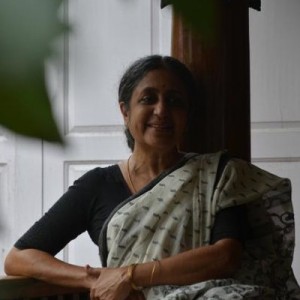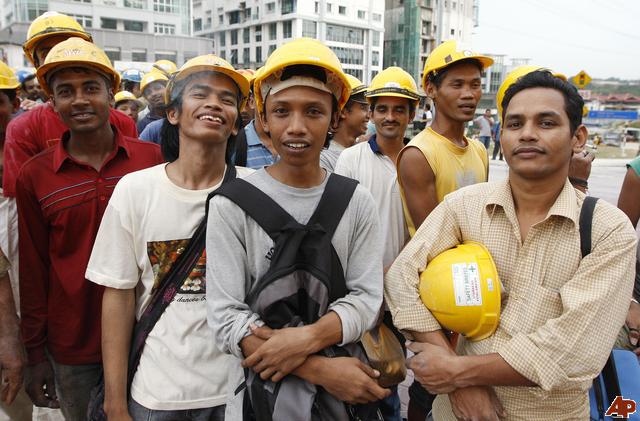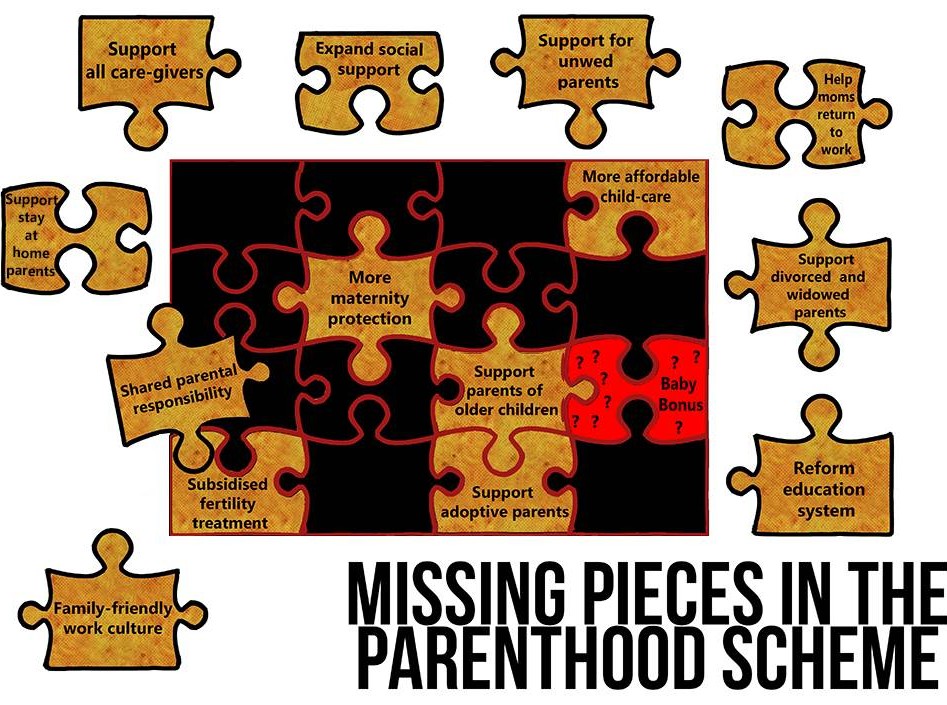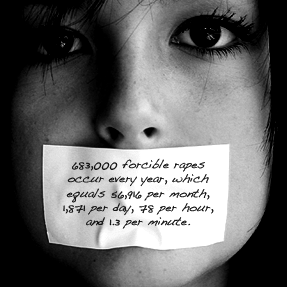By Corinna Lim, Executive Director, AWARE and Porsche Poh, Executive Director, Silver Ribbon Singapore
Why keep Section 309 when it is rarely enforced and only serves to deter those at risk from seeking appropriate help?
 Most people, thankfully, do not attempt suicide. All of us are nevertheless responsible for how we, as a society, respond to those who do. Today, on the World Day of Social Justice, we ask: is it helpful – or right – to answer a cry of anguish with the threat of punishment?
Most people, thankfully, do not attempt suicide. All of us are nevertheless responsible for how we, as a society, respond to those who do. Today, on the World Day of Social Justice, we ask: is it helpful – or right – to answer a cry of anguish with the threat of punishment?
In Singapore, attempting suicide is a crime under Section 309 of the Penal Code. A woman was recently sentenced to jail for repeated suicide attempts. Her case, even if unusual, spurs us to question a law that penalises people facing extreme distress, when they actually need social support.
Suicide is one of the top ten causes of death in Singapore. In 2011, the Samaritans of Singapore (SOS) handled more than 44,000 hotline calls, indicating the number of people contemplating suicide even if not attempting it. In recent years, suicide has increased among the elderly and the young. In 2011, the elderly made up 23% of all suicides, even though they constitute only 9.3 % of the population. From 2010 to 2011, the suicide mortality rate doubled among those aged 65-74 and those aged 85 and above. From 2008 to 2009, suicide among those aged 10-29 also rose by 70%, increasing from 64 to 91 deaths.
In 2009, the highest suicide rate – 28.7 per 100,000 – occurred among men aged 65 and above, more than double the national rate of 10.7. Suicide also increased among men aged 20-29, with their suicide rate almost doubling from 10.8 in 2008 to 20.1 in 2009. While suicide mortality rates among women and girls have declined in the last ten years, their highest suicide rate is also among those aged 65 and above, as for men and boys.
For every death resulting from suicide, there are seven suicide attempts. Arrests for attempted suicide have increased, from 706 in 2007 to 992 in 2011 (almost three a day). Although most arrests do not lead to charges, the process of arrest and investigation is traumatising for the individuals concerned, their family and friends. This may aggravate distress by adding a sense of grievance towards the legal system. The relative infrequency of charges reflects tacit understanding that the criminal law is the wrong tool for this problem. However, the police and magistrates have discretionary power to decide whether to lay charges – a process neither transparent nor assuring to those in distress.
Is the criminalisation of suicide, as some contend, an effective deterrent? The World Health Organisation (WHO) has said repeatedly that, rather than deterring people from attempting suicide, criminalisation deters them from seeking treatment, increasing the risk of suicide rather than reducing it. Criminalisation focuses on censure and the assignation of fault, rather than helping attempters deal with the causes of distress, such as illness, bereavement or financial difficulties. Criminalisation may even motivate those attempting suicide to ensure that they die, rather than survive and face punishment.
The police cannot be expected to provide the social support needed. Nor are all officers trained for this. Yet their scarce resources are expended on arresting those who attempt suicide and investigating self-injury which may not have been suicidal in intent.
Data from countries that have decriminalised suicide, including Canada and New Zealand, show that suicide rates do not increase as a result of decriminalisation. In Hong Kong, where suicide was decriminalised in 1967, effective suicide prevention strategies are implemented by several agencies.
Those contemplating suicide would benefit from appropriate public health support, such as counselling, rather than from legal threats and punishment. Why keep Section 309 when it is rarely enforced and only serves to deter those at risk from seeking appropriate help?
AWARE and Silver Ribbon (Singapore) call on the State to decriminalise suicide and to develop a comprehensive suicide prevention framework modelled on the WHO’s recommendations. Suicide is a public health issue, where those who are suicidal should receive appropriate care, not penalised as criminals. Even after suicide is decriminalised, Singapore’s Mental Health (Care and Treatment) Act would still authorise the police to ensure that those who harm themselves receive medical treatment.
 Last year, in his message on the World Day of Social Justice, the UN Secretary-General said that social justice is served when we see a “future we want”. When people attempt suicide, very often it is because they do not see any future they want. Penalising people for seeking to end their lives does not create hope for the future.
Last year, in his message on the World Day of Social Justice, the UN Secretary-General said that social justice is served when we see a “future we want”. When people attempt suicide, very often it is because they do not see any future they want. Penalising people for seeking to end their lives does not create hope for the future.
A 2012 World Happiness Report from Columbia University reported “high correlations between various low well-being scores and … coronary heart disease, strokes, suicide and length of life”. To reduce suicide attempts, the causes of low well-being need to be addressed. By criminalising suicide, the law says, in effect, that one should just resign oneself to despair. What we need to do is to change the conditions that give rise to despair.
AWARE and Silver Ribbon acknowledge the contributions of Jolene Tan, Vivienne Wee, Emily Lim and other members of the Working Group on the Decriminalisation of Suicide in writing this article. A shorter version of this article was first published in TODAY on 20 Feb 2013. Read the published version here.









 enterprise retailing products with positive social impact. They channel profits to enable livelihood training for disadvantaged women in the 3rd world.
enterprise retailing products with positive social impact. They channel profits to enable livelihood training for disadvantaged women in the 3rd world.





 The Painting Experience Workshop focuses on teaching participants to see a painting through the eyes of the artist using light and shade to put across an idea or message, to evoke a feeling or mood. In essence, it is about how to look at paintings. Participants will also be shown and discuss various works by master and contemporary artists.
The Painting Experience Workshop focuses on teaching participants to see a painting through the eyes of the artist using light and shade to put across an idea or message, to evoke a feeling or mood. In essence, it is about how to look at paintings. Participants will also be shown and discuss various works by master and contemporary artists.